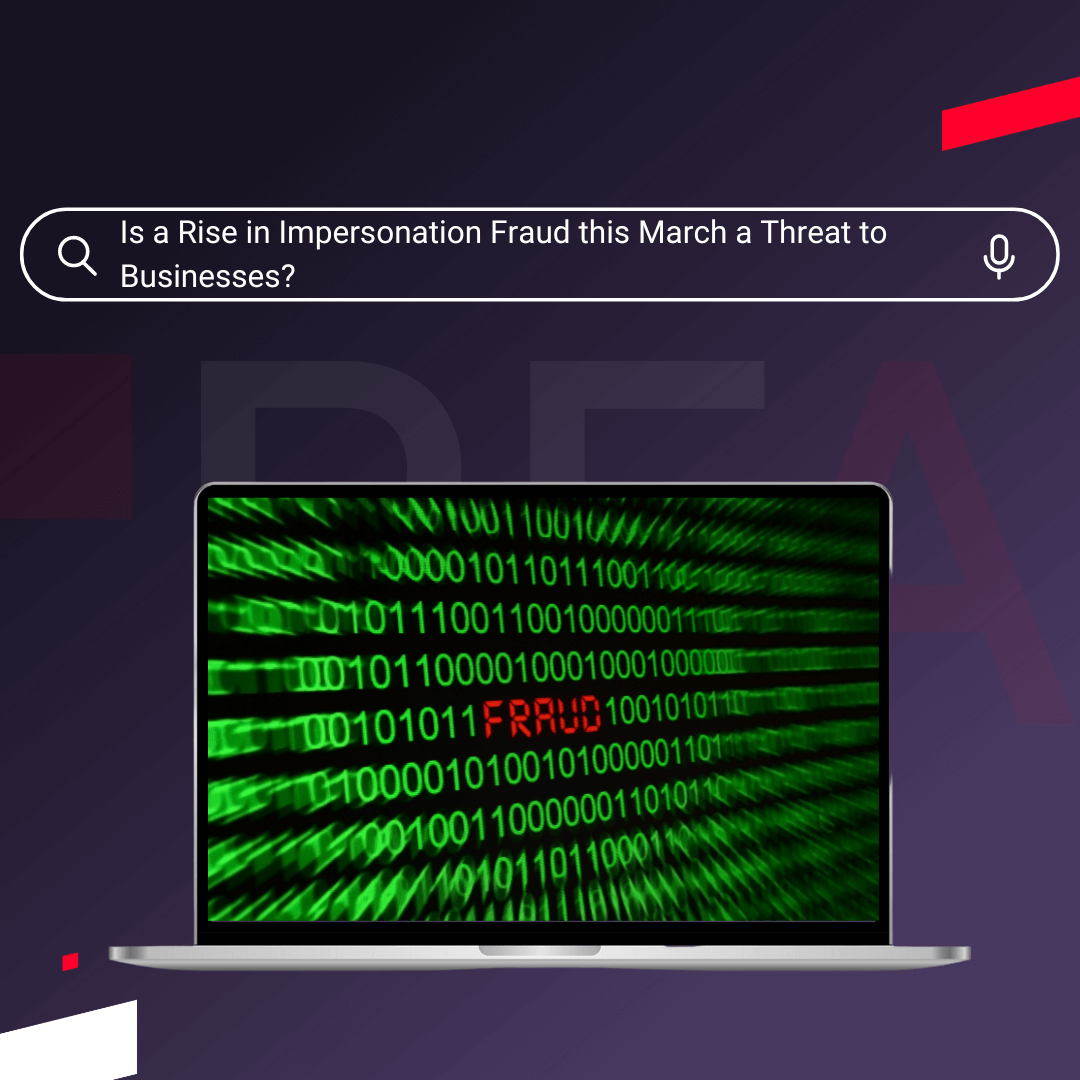High-interest rates, geopolitical conflict, and a rise in the cost of living have taken their toll on the UK’s business landscape. In fact, 30,199 businesses went insolvent in 2023 alone, with a predicted further 7,000 per quarter in 2024.
To protect businesses from the impacts of insolvency, people must reevaluate their company’s credit risk procedures. More often than not, these processes are costly for businesses’ time, resources, and budget, making it difficult to manage the constant influx of data.
Digital transformation opens the door for businesses to begin maximising the potential behind data, spotting risk earlier and protecting themselves from insolvency. The process involves leveraging digital technology to create new processes or enhance existing ones.
Discover how incorporating technology into credit risk procedures can bolster defences, whilst creating an efficient practice…
Faster, More Informed Decisions
Digital transformation within credit risk management immediately speeds up decision-making, as well as ensuring they are more informed choices.
Using software that presents accurate and timely data, businesses can easily review the details without having to scour through various data sources and conduct fact-checks. Instead, everything is at your fingertips, freeing up time, resources and money.
Processing data is a time-consuming task that is littered with pitfalls - from out-of-date information to human error. Businesses are also able to process large amounts of data instantly, and the addition of with portfolio managing tools and built-in data alerts, credit risk teams are immediately notified of any relevant events or changes within their data sets.
By bypassing this and utilising AI algorithms and tailored processing features, businesses can begin making informed credit decisions at a much faster rate, assessing creditworthiness and spotting potential risk in a matter of seconds.
In turn, they can spot incoming insolvencies much earlier, with more accuracy and a clearer path to mitigating the risk it could present the business.
Accurate and up-to-date data
Human error and gaps in data are almost unavoidable. Unfortunately, these mistakes and lack of information can lead to businesses being hit with bad debt and insolvency with little, to no warning.
With the right software, these pitfalls can be removed entirely. Digitally transforming credit risk procedures provides accurate and up-to-date data - a crucial part of safeguarding businesses from insolvency risks.
Being the first in line for such crucial information places businesses ahead of the curve, fortifying their ability to anticipate and navigate financial challenges effectively. The key lies in instantaneous updates and a comprehensive data approach that spans various areas of business.
With this, businesses can foster a stronger understanding of the financial stability of their providers. This breadth of information is key to identifying potential red flags and providing enough time to act swiftly and mitigate insolvency risks.
This is bolstered by software that can provide real-time alerts, enhancing overall vigilance and ensuring that users are promptly notified of key events and predictors of financial instability. The ease of monitoring is a significant advantage, allowing businesses to stay on top of evolving situations effortlessly.
Clearer Data Management and Actionable Analytics
Effective data management and analytics serve as invaluable tools for identifying and addressing potential insolvencies before they materialise. By harnessing the power of AI interpretations, organisations gain the ability to peer into the future, anticipating risks and implementing mitigation procedures well in advance.
Within Red Flag Alert’s services, complex AI algorithms are hard at work to provide users with instant access to reliable and actionable data that is impossible to be replicated by a human.
The utilisation of advanced analytics also gives businesses the ability to interpret deep data with the finesse of a seasoned professional.
Identifying patterns and anomalies becomes a simple task for any team, and empowers decision-makers to make informed choices based on a now solid understanding of their financial landscape.
As a whole, data management and analytics create a strategic advantage for businesses by enhancing their ability to foresee challenges and swiftly respond.
With the foresight offered by AI-driven insights, organisations can navigate uncertainties more adeptly, ultimately safeguarding their financial health and ensuring resilience in the face of potential insolvencies.
Steps to Implementing Digital Transformation in Credit Risk Procedures
Optimising digital transformation involves several methods and tactics with one of the key methods being strategic monitoring.
This approach goes beyond conventional risk assessment, integrating real-time monitoring mechanisms to enhance adaptability and responsiveness.
Monitoring with expertise is straightforward with the support of software, giving businesses the ability to build credit risk procedures that are dynamic and can swiftly protect and improve businesses, despite constantly changing market conditions.
Finding the best businesses is critical for effective credit risk management. Leveraging advanced prospecting tools transforms this process into a powerful tool within businesses.
Red Flag Alert’s users can rapidly identify their top 50 prospects within seconds. Coupled with sophisticated analytics, this tool will scrutinise client portfolios, ensuring their solidity and protecting businesses from insolvency.
This proactive approach challenges businesses to question their current clientele and prospect lists. Are they conducting business in the right place? Is their client book robust, and is their prospect list solid? By addressing these questions, organisations can fine-tune their strategies and optimise their credit risk procedures to mitigate the risk of insolvency.
Implementing process-driven decision-making is another critical part of digital transformation, as it enhances relationships between teams and streamlines decision-making.
For example, introducing a new policy that dictates only doing business with companies achieving a certain rating (e.g., bronze or above). This would not only save time but also foster a healthier work environment by preventing animosity that may arise from misalignment between sales and credit risk teams.
Furthermore, digital transformation frees up time for staff by automating tasks and workflows. Countless hours often spent on manual data entry, document verification, and routine administrative processes can now be redirected toward more strategic and value-added activities.
This not only enhances productivity but also empowers staff to focus on tasks that require critical thinking and creativity, contributing to overall growth and innovation. In essence, digital transformation within credit risk procedures not only mitigates risks but also reforms the way businesses operate, fostering efficiency, collaboration, and adaptability.
Protect Your Business From Insolvency With Red Flag Alert
Creating credit risk procedures around the implementation of digital transformation is not a fix-all solution. Some services have gaps in their data, whilst others limit users’ customisability, stifling their true potential.
Red Flag Alert’s comprehensive system allows businesses to dive deep into the details, alongside visualisation tools that transform data analysis into a swift, accurate, and simple process.
With Red Flag’s software, businesses can access precise predictions of insolvency risks based on 20 years of business data, enabling proactive risk management.. Using proven indicators of insolvency and a comprehensive data set that includes detailed company reports to support compliance checks across AML and KYB/C, and screening against global PEPs and sanctions.
The ultimate business monitoring tool also draws from extensive sources to ensure reliability. Combined with compiled results displayed in a digestible and actionable way, Red Flag Alert outperforms competitors and creates an all-in-one solution.
Stay tuned for upcoming features, including International Know Your Business reports and seamless integrations with leading CRMs like Zoho, HubSpot, Pipedrive, and Salesforce.
Don't let insolvency catch you off guard. Choose Red Flag Alert for reliable, actionable insights into the financial health of your clients and suppliers.




